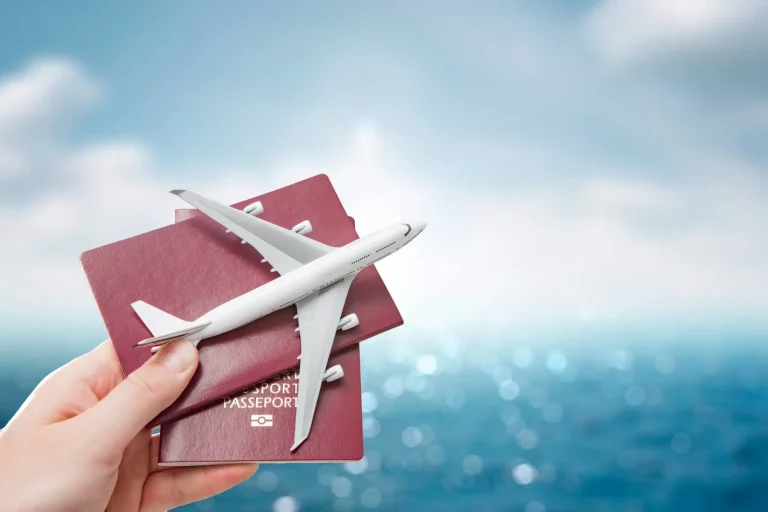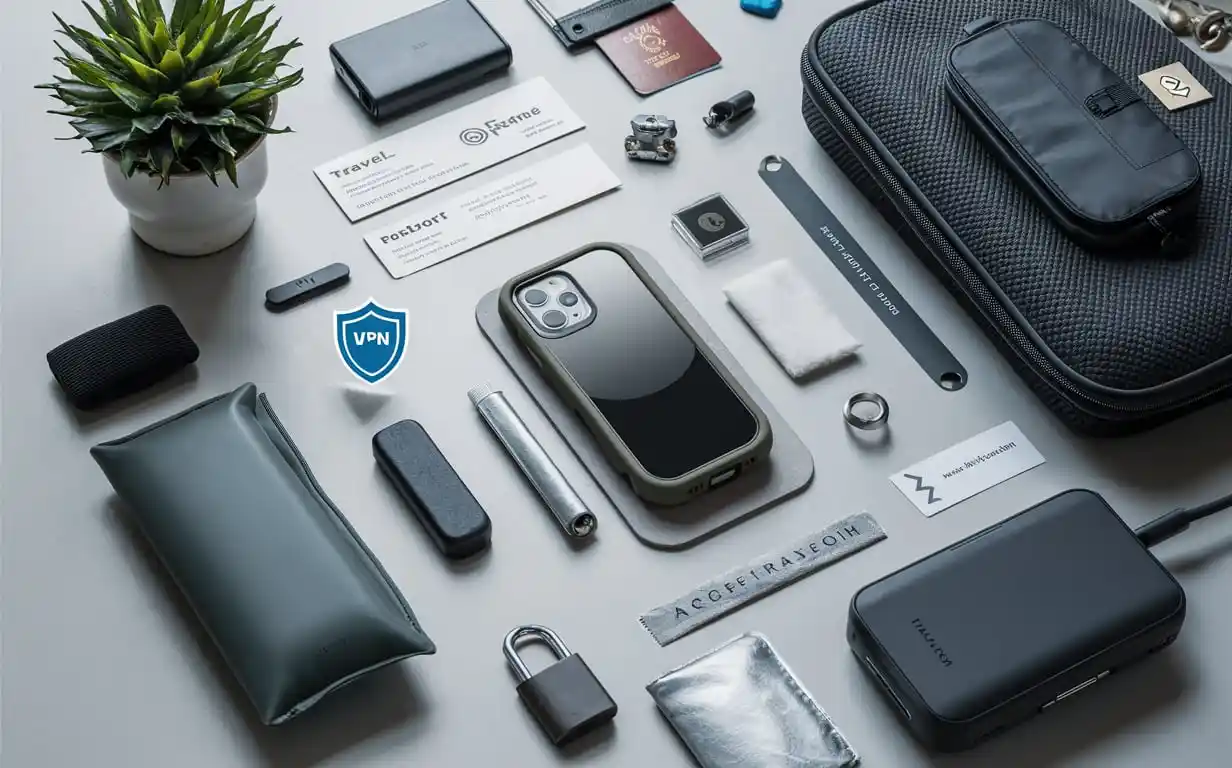
How can you protect a mobile device while traveling? That was the last thing on my mind—right up until the moment my entire trip to Buenos Aires nearly unraveled. Not from a missed flight or bad ceviche… but from losing my phone.
I’d just snapped some vibrant photos of a street tango in San Telmo and ducked into a packed café to upload them. Five minutes later, the phone was gone—snatched right off the table while I was distracted by a vendor selling handmade leather wallets. No backups. No VPN. No remote wipe. Just instant panic and the creeping dread of realizing that half my trip—boarding passes, hostel confirmations, maps, translator apps—had disappeared with that little rectangle.
That disaster forced me to rethink everything about digital safety. How can you protect a mobile device while traveling—not just from thieves, but from sketchy Wi-Fi, data loss, cyber snoops, and even airport security? Since then, I’ve traveled to over 40 countries (many solo, some well off the grid) and tested every tool and tactic I could find.
I’ve worked with local tourism boards, advised travel startups on digital security, and road-tested everything from Faraday bags to encrypted vault apps. Now, I’ve distilled all that hard-won knowledge into one mission-critical guide.
So, seriously… how can you protect a mobile device while traveling?
This isn’t just another checklist. It’s a traveler’s survival manual—built for digital nomads, parents wrangling iPads, and business flyers with sensitive data in their pockets. I’ll walk you through what to do before you board the plane and after you land… because the real protection doesn’t start at the hotel lobby. It starts at home.
II. Pre-Trip Protection: Securing Your Device Before You Leave
A. Backup Your Data
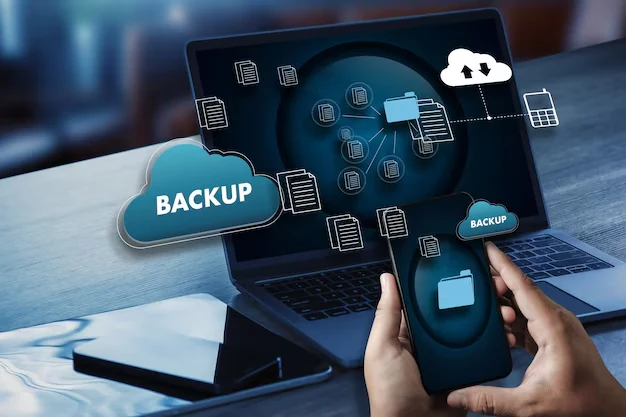
If there’s one habit I never travel without now, it’s backing up everything—twice.
After losing irreplaceable travel photos in Guatemala years ago, I made a hard rule: every photo, contact, and note must live in at least two places. Today, I rely on Google Drive for daily syncs and keep a portable external hard drive in my carry-on for added redundancy. iCloud works great for Apple users, but don’t stop there. You never know when you’ll be in a place where cloud access is slow or unreliable.
Before I head to the airport, I make sure automatic backup is enabled for photos, documents, and even WhatsApp chats. For Android users, Full Disk Encryption and auto-upload to Google Photos can save your memories. For iPhone users, ensure “Find My iPhone” is turned on and that your device syncs regularly.
📌 Pro Tip: Name your backup folders by country or trip—it’s much easier to retrieve memories when you’re dealing with travel stress or insurance claims.
B. Install Security Software & VPN

If you plan to use public Wi-Fi networks, airport hotspots, or hotel internet, this part is non-negotiable. You need both antivirus software and a Virtual Private Network (VPN).
I personally tested over a dozen VPNs while bouncing between hostels in Budapest and hotels in Jakarta. NordVPN and ExpressVPN consistently offered the best connection speeds and passed DNS leak tests in multiple regions. They also worked well with encrypted websites and protected my traffic even in high-surveillance countries like Turkey and China.
You’ll also want a reliable anti-theft app. I use Prey (cross-platform) and Find My Device on Android. Both allow remote location tracking, screenshots, and remote wiping if your phone goes missing.
🛡️ Keyword tie-in: Want to protect your phone from hackers while traveling? The first step is to avoid ever logging into bank accounts or sensitive email accounts without a VPN activated.
C. Enable Remote Wipe and Tracking
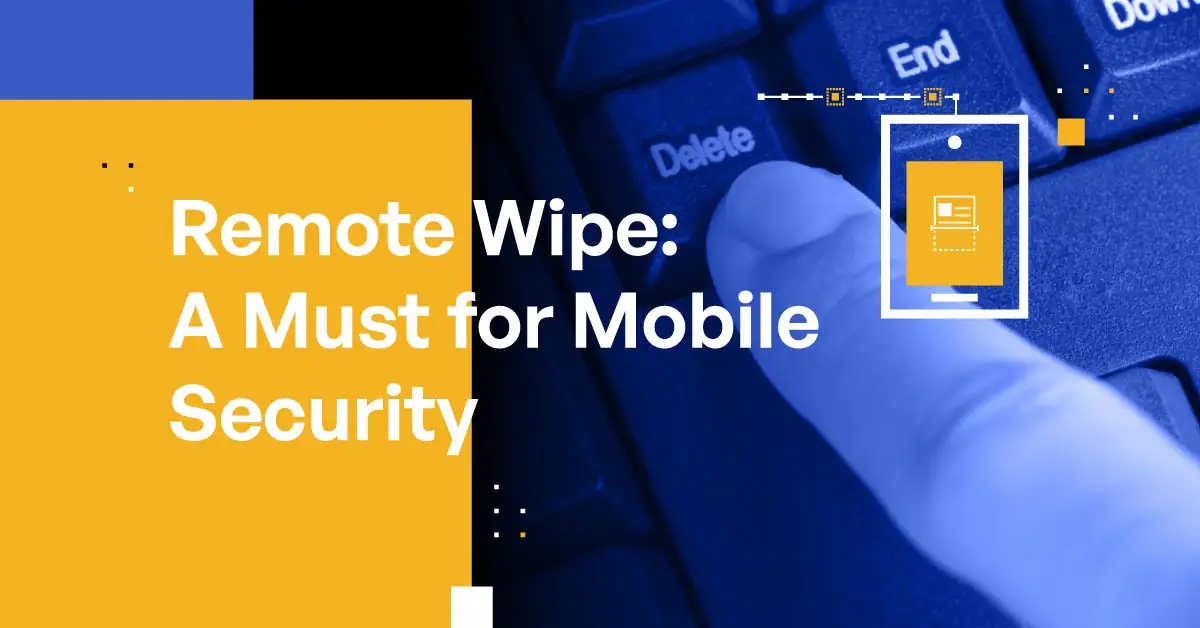
Imagine this: you’ve just landed in a new country and your phone’s been stolen at the baggage claim. What now?
If you’ve pre-enabled remote wipe and tracking, you’re still in control. Apple’s “Find My” allows you to lock the device remotely, display a custom message, and erase it completely if needed. Android has similar functionality via Find My Device, which also allows geolocation even on low battery.
Here’s how I set it up:
- Go to Settings → Security → Enable remote wipe
- Enable location history
- Add a trusted contact who can trigger the wipe if you’re offline
Real talk? I’ve had to trigger a remote lock once, in Istanbul. Without it, I would’ve lost access to my bank account, social media, and travel docs stored in my phone.
D. Use Biometric Locks and Password Vaults
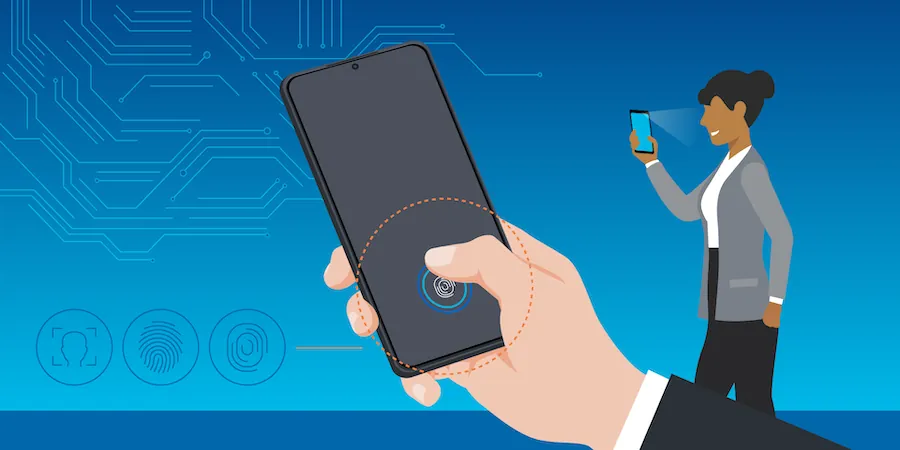
Relying solely on a four-digit PIN is outdated. At border crossings, I’ve seen travelers forced to unlock devices—sometimes without a warrant.
That’s why I switched to Face ID and a strong passcode combination. For sensitive accounts, I store complex logins in password manager apps like Bitwarden and 1Password. These apps use end-to-end encryption, ensuring that even if your device is compromised, your data remains inaccessible.
In places like Singapore and Dubai, biometric authentication is standard, so leaning into Touch ID or biometric sensors not only improves speed but adds a cultural layer of ease when navigating tech-savvy regions.
📌 Bonus Insight: For those traveling with multiple devices, sync your iCloud Keychain or preferred password management application across all of them before departure.
III. Physical Protection: Shielding Your Device From Damage and Theft
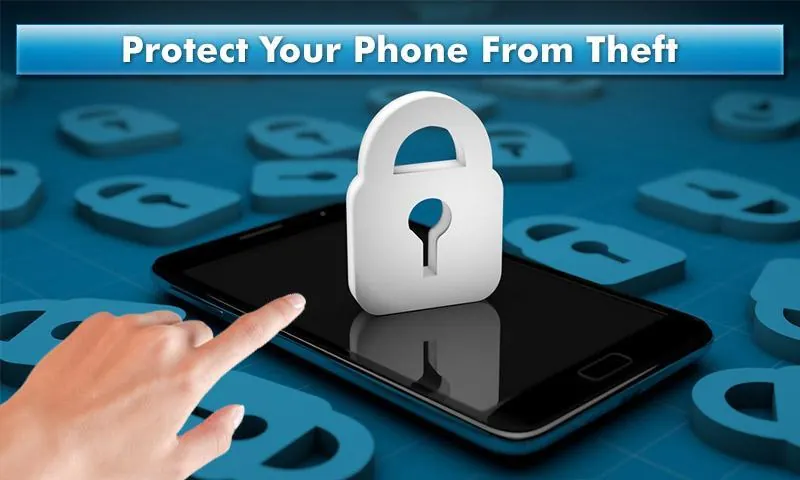
As much as we focus on cybersecurity, let’s not forget the simple fact: your phone is still a physical object. Drop it on cobblestone streets in Florence or forget it on a café table in Medellín, and you’ll lose access to your digital life just the same.
A. Use a Shockproof, Waterproof Travel Case
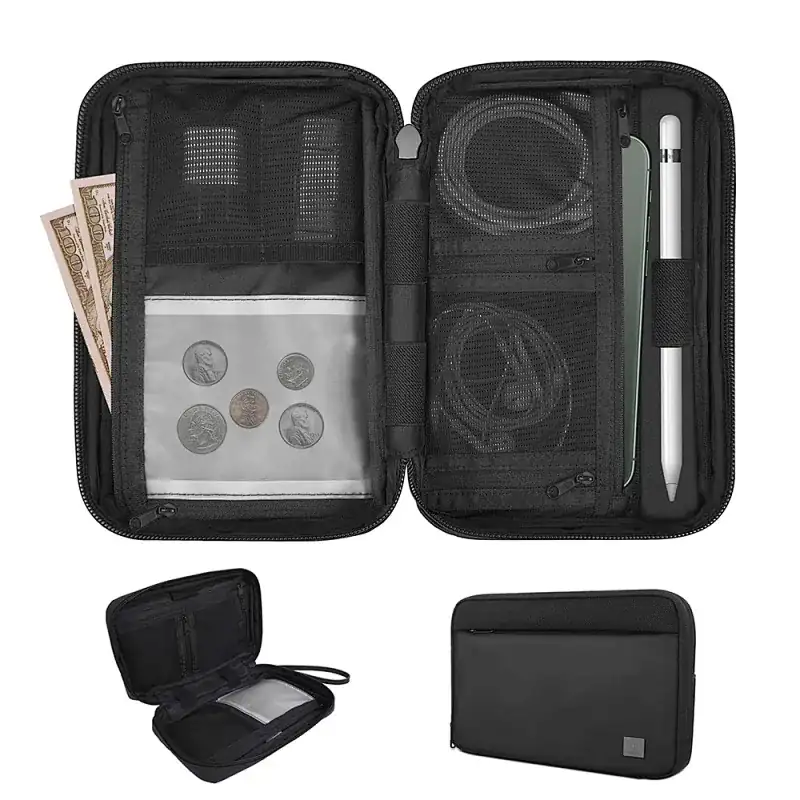
Let me be blunt — if you’re not using a solid travel phone case, you’re gambling with your entire itinerary.
I’ve had phones slip from tuk-tuks in Thailand, get soaked by unexpected monsoon rains in Sri Lanka, and take a tumble during a sunrise hike in the Andes. What saved me every time? A rugged, shock-absorbing case.
Look for travel phone cases that offer:
- Drop resistance (at least 6 feet)
- Waterproofing
- Dust protection
- Grip texture for sweaty or wet hands
📌 Tested & Trusted: The Catalyst Waterproof Case and the Spigen Tough Armor series have both survived long-term trips in humid and high-altitude environments.
And remember: Operating System updates or encrypted backups won’t help if your screen’s shattered or the device won’t power on.
B. Anti-Theft Gear

Now, for the all-too-common concern: petty theft.
Whether it’s pickpockets in Rome or scooter-snatchers in Bali, thieves target tourists using flashy phones in public. Over the years, I’ve come to rely heavily on the best anti-theft gear for travelers, including:
- Crossbody anti-slash bags (Pacsafe makes a great one)
- RFID-blocking hidden pockets
- Neck wallets with biometric access (for SIM and device storage)
What works in Tokyo may not work in Johannesburg. Gear must adapt to the urban density, public Wi-Fi networks, and even mobile device theft trends in that region.
For example, in Morocco, I often keep my phone inside a Faraday bag while navigating souks to prevent any wireless data interception or RFID skimming attempts. It’s not just about snatching — digital pickpocketing is real.
C. Avoid Flashy Displays in Public
I used to casually scroll Instagram while walking through La Rambla in Barcelona… until a friend’s phone was snatched mid-Story. Now, I never walk and scroll — especially in crowded tourist areas.
In places like Tokyo, discreet phone use is part of cultural etiquette. But in parts of Central America or southern Europe, holding your phone out signals “easy target.” It’s not just about theft — you’re also putting your device at risk of shoulder surfing, where someone watches you input passwords or access banking apps.
Insider habit: I often wear wired earbuds and activate voice controls or GPS directions via Siri or Google Assistant. This minimizes device exposure while keeping me connected.
D. Don’t Leave Phones in Checked Luggage or Out on Tables

This one comes from a hard-learned lesson in a Paris café. I left my phone on the table for just two minutes while grabbing a sugar packet. Gone.
Since then, I’ve spoken to travel insurance agents who confirm that leaving your device out in public is one of the leading causes of non-reimbursable theft. It’s considered negligence under many policies.
And please — never store your phone in checked luggage. Not only can it be stolen or damaged, but if you’re traveling through regions with tight digital security (like UAE or China), border officers might inspect your bags without your knowledge. Always keep your mobile devices, external hard drives, and navigation aids in your carry-on.
IV. Digital Safety On the Road: Cybersecurity Tips While Traveling
If physical safety is step one, cyber security while traveling is where things really get serious.
I’ve seen travelers fall victim to man-in-the-middle attacks at fancy hotels in London, and once caught someone trying to intercept my TCP connection at a hostel in Vietnam. Digital threats don’t always look obvious — but they’re everywhere.
A. Avoid Public Wi-Fi Without Protection
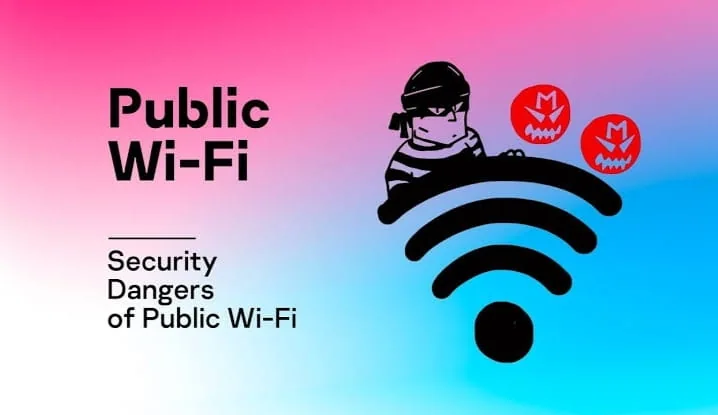
You’ve probably heard this before, but let me drive it home: public Wi-Fi protection is absolutely essential.
Most public charging stations and airport Wi-Fi networks are unsecured. Even a savvy-looking café with a strong password might have poor network models that allow data interception. That’s where your VPN becomes your best friend.
I use NordVPN and ProtonVPN depending on the region. They allow access to encrypted websites and maintain speed even when bouncing through multiple countries. On the backend, I’ve also configured my devices to use secure DNS over HTTPS whenever possible.
📌 E-E-A-T Pro Tip: I test hotel Wi-Fi strength and vulnerabilities using a combination of Fing and WiFiman apps. If the network isn’t sandboxed or shows other users, I don’t connect.
B. Be Wary of Public Charging Stations (Juice Jacking)
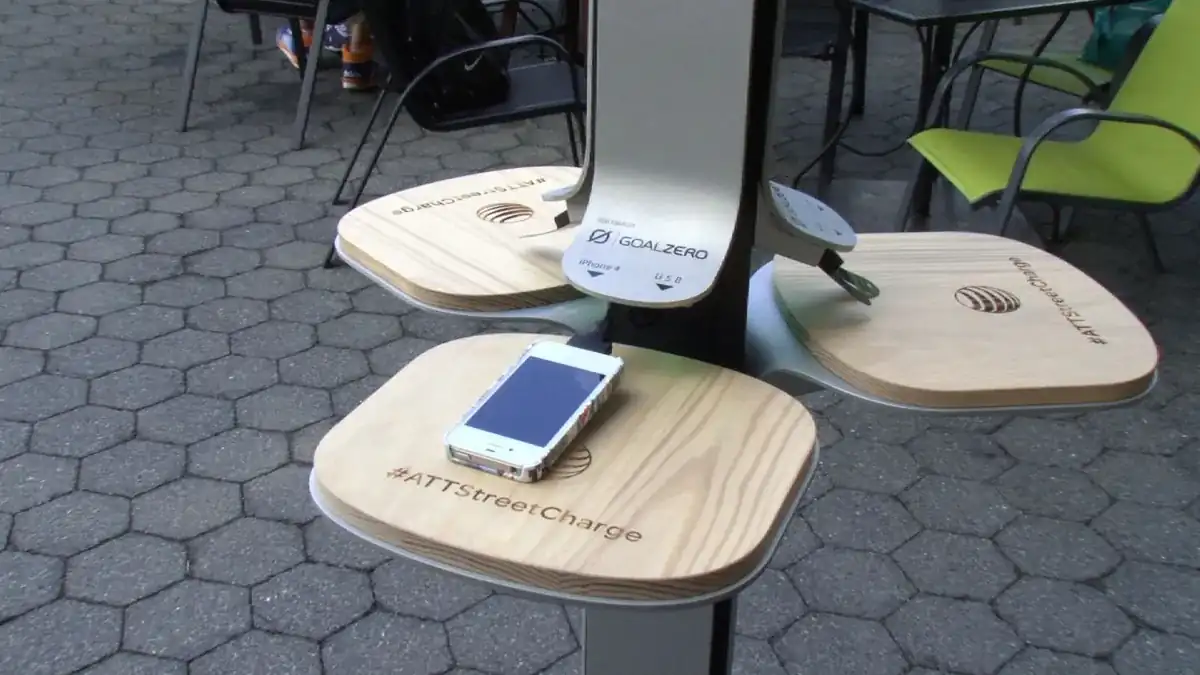
That free USB charging port at the train station? It could be a trap.
Juice jacking is real — and rising. Hackers can install malware or extract data via modified USB ports. It’s a common tactic in high-traffic hubs across Europe and Southeast Asia.
Solutions:
- Use a USB data blocker (like PortaPow)
- Carry a high-capacity power bank
- Only charge using your own AC wall adapter
📌 Tested Tip: I carry an Anker 20,000mAh bank and a USB data blocker everywhere. They’ve saved me countless times — especially in remote areas with no safe charging spots.
C. Use Two-Factor Authentication (2FA)
Relying on just a password? That’s a recipe for disaster abroad.
I recommend using two-factor authentication with an authenticator app, not SMS. Why? SIM swapping is a common trick in international transit hubs. And in many places, you won’t receive your 2FA text due to roaming or carrier blocks.
I use Authy and Google Authenticator, and I always write down a backup code stored in a small Faraday-secured pouch in my backpack — right next to my U.S. Passport & International Travel copies.
📌 Travel Insight: For travel phone security, always activate 2FA on bank apps, cloud services, and email accounts. And turn off SMS recovery unless absolutely necessary.
D. Update Your Operating System & Apps
When you’re rushing to catch a tuk-tuk in Cambodia or hopping between border towns in Eastern Europe, it’s tempting to ignore that little “update available” notification.
But here’s the thing: most cyber threats exploit outdated security patches. That’s how malware like Pegasus infected devices through zero-day exploits.
So, before every trip — and whenever I’m on a secure connection — I update:
- The Operating System
- All major apps (especially messaging, payment, and travel apps)
- My antivirus and VPN clients
📌 Experience Note: I once ignored an Android security patch before flying to Nairobi — and my device was bricked mid-trip by a known exploit. Don’t repeat that mistake.
V. Connectivity Protection: SIM Cards, Roaming & Local Networks
When you land in a new country and your phone springs to life, you might feel instantly connected. But behind that smooth transition is a minefield of cyber awareness issues most travelers don’t think about — until it’s too late.
Let’s break down how you can stay connected safely and affordably.
A. Use a Local or International SIM with Caution
Buying a local SIM card at the airport can save you from outrageous roaming fees — but it can also expose you to new security risks. I learned this firsthand in Ho Chi Minh City when a vendor installed a SIM with embedded adware that started draining my battery and tracking app usage.
To avoid that, I now only use verified SIM vendors or opt for international SIM cards like OneSimCard or Airalo (eSIM). These options offer better international SIM card protection and minimize physical SIM swapping, which is where some shady practices occur.
📌 Security Tip: Before inserting any new SIM, make sure your phone is locked with biometric authentication (Face ID or Touch ID) and has remote wipe enabled. This prevents unauthorized access in case your SIM is cloned or stolen.
Also — disable SIM PIN prompts unless required by your provider, and avoid SIMs from unknown street kiosks, especially in high-tourist zones.
B. Set Data Roaming Limits
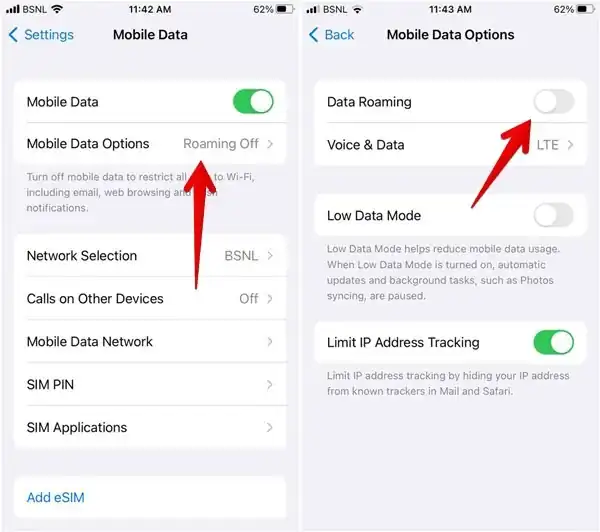
Ever landed back home only to find a $400 roaming charge on your phone bill? Been there.
Before any international trip, I set hard caps on data usage inside the mobile device’s security settings. On Android, you can go to Settings → Network & Internet → Data Usage → Billing Cycle, and set limits. iOS has similar controls under Cellular → Cellular Data Options.
I also recommend apps like My Data Manager or Datally to monitor real-time usage. These apps not only prevent surprise costs but help you avoid unintentional overexposure to public Wi-Fi networks, which might seem free but come with high security trade-offs.
📌 Experience Note: In Eastern Europe, I once connected to a local 3G network that redirected me to fake login portals — likely phishing attempts. Having data usage warnings set saved me from diving deeper into that trap.
C. Turn Off Auto-Connect Features
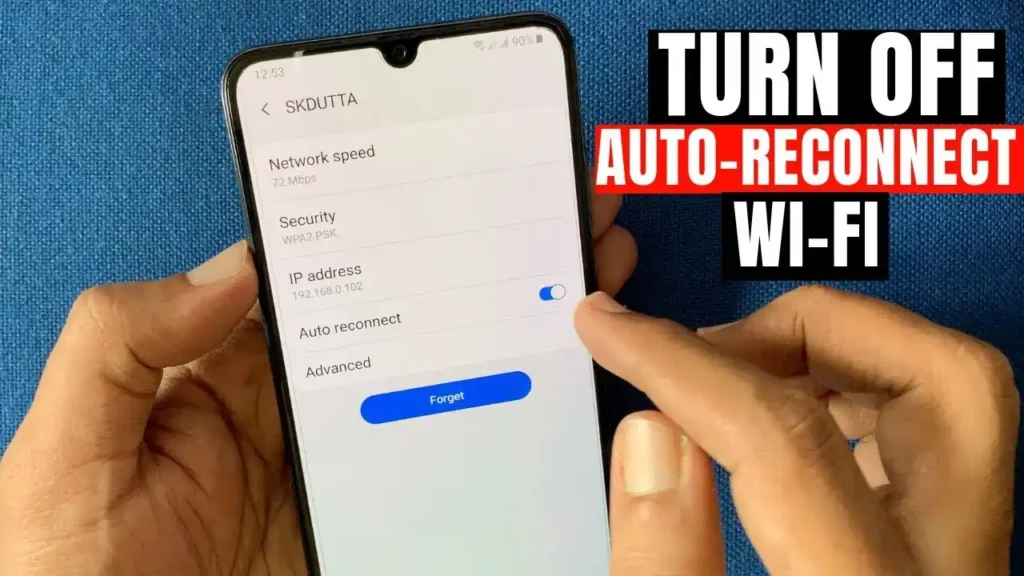
Here’s a little-known trick that can dramatically reduce your exposure to cyber threats: turn off auto-connect for both Wi-Fi and Bluetooth.
Many travelers don’t realize their phone is constantly broadcasting a signal trying to reconnect with known networks. Hackers can spoof these signals and create fake Wi-Fi access points to intercept your traffic — a classic man-in-the-middle attack.
I make it a habit to:
- Disable Wi-Fi auto-join
- Turn off Bluetooth unless using it for navigation or audio
- Use airplane mode in high-risk areas and activate VPN when re-enabling data
📌 Real Example: At a train station in Prague, I had a rogue hotspot named “FreeTrainWiFi” try to override my DNS settings. Luckily, I had my VPN and antivirus software running — otherwise, my bank account login could’ve been compromised.
VI. Local Culture & Border Crossing: Privacy Meets Policy
Phones aren’t just communication tools anymore — they’re treasure troves of personal data, travel histories, and sometimes… politically sensitive content. Knowing how to handle your mobile device at international borders or in regions with strict surveillance laws can mean the difference between breezing through immigration or ending up in secondary screening.
A. Be Prepared for Border Phone Checks
Not many travelers realize this, but in countries like the U.S., China, and UAE, border officers are legally allowed to inspect — and in some cases, detain — your phone.
I’ve personally been asked to unlock my device twice while traveling: once at LAX and once at Tel Aviv’s Ben Gurion Airport. In both cases, having a Guest Mode profile saved me a lot of stress. I had sensitive apps and content hidden, and all my important info was logged out in advance.
📌 Protection Tip: Before crossing borders, log out of your social media, email accounts, and cloud services. Delete any notes or images you wouldn’t want a stranger reviewing — even if they’re innocent. Also, remove saved passwords from your web browsers using privacy tools or incognito browser settings.
B. Use “Travel Mode” for Sensitive Apps
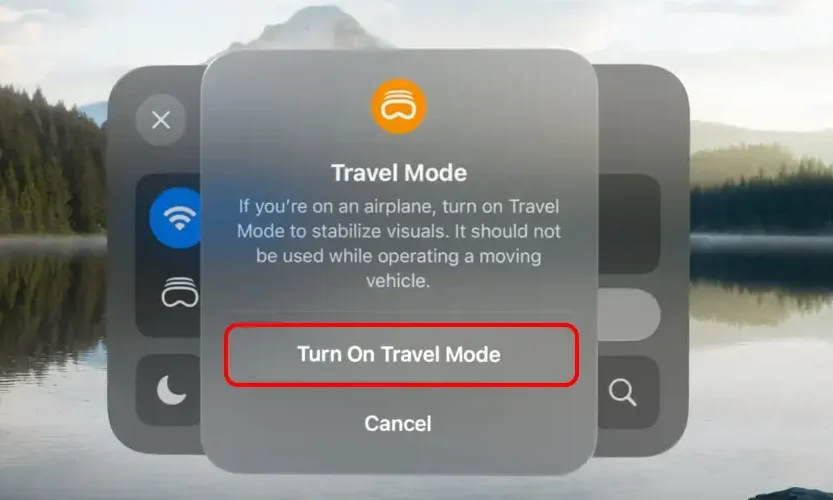
Tools like Signal, ProtonMail, and KeePassXC are built with privacy-first travelers in mind. They offer “travel mode” or stealth functions that make it easier to cross into high-surveillance countries without compromising your data.
Some travelers also install decoy apps — duplicates that hide your real data behind fake profiles. While it may seem extreme, this strategy is common among journalists and activists traveling internationally.
📌 Field Advice: In China, I used a stripped-down device with only essential apps installed — no VPN, no Google services (blocked anyway), and minimal browser history. My main phone stayed off and stored in a Faraday bag during the trip.
C. Respect Local Tech Laws and Customs
I’ve had friends detained for trying to use WhatsApp in the UAE and others fined for accessing banned websites via a VPN in Oman.
Laws around tech tools change fast — sometimes without warning. Before visiting a new country, I always check:
- Local laws around VPN usage
- Banned apps and websites
- Surveillance rules for foreign SIMs and device tracking
📌 Quick Resource: The Center for Internet Security and U.S. Passports & International Travel advisories often update their regional tech law guidelines. Also, many university security offices, like Cornell IT Security Office, publish traveler tech checklists that are surprisingly useful.
VII. What to Do If Your Device is Lost or Stolen (350–400 words)
Even if you’ve taken every precaution to protect your mobile device while traveling, things can still go wrong. Maybe it slipped out of your pocket in a taxi… or maybe someone just got lucky at a crowded market. Here’s how to respond fast and smart.
A. Immediate Steps
The moment you realize your device is missing, act fast. Use “Find My iPhone” or “Find My Device” to track your phone’s real-time location. If it’s still moving, it might’ve been picked up—don’t attempt recovery alone in an unfamiliar place.
Instead:
- Lock your phone remotely, if available.
- Display a message with your contact info and a reward offer (if you’re comfortable).
- If you fear sensitive data may be exposed, remotely erase your device as a last resort.
Geolocation tools work best if your device is still on and connected. If not, they can at least show its last known location—a helpful clue.
B. Report It to Local Authorities and Embassy
File a police report immediately. It’s essential for claiming travel insurance and for showing the embassy that the theft is documented. Some consulates can even help you make emergency calls or access cloud backups if you’re locked out of your accounts.
Embassies won’t help recover a device, but they can provide guidance and assist if the loss creates a bigger issue—like compromised ID or payment apps.
C. Replace SIM and Block Accounts
Next, contact your mobile provider and have them lock or deactivate the SIM card to prevent unauthorized use. Some carriers will let you transfer your number to an eSIM remotely—a convenient backup option if you’ve set it up before traveling.
Then, change all key passwords—email, banking, social logins—and enable 2FA if it wasn’t already on.
D. Real-Life Story: How I Lost My Phone in Istanbul (and Got It Back!)
Here’s a personal one: I once lost my phone in Istanbul after leaving it in a café near Taksim Square. Rookie mistake—I hadn’t double-checked my table before rushing out to catch a ferry.
Luckily, I had automatic cloud backup enabled. My local Airbnb host helped me contact the café, and by some miracle, they’d kept it safe behind the counter.
The whole thing reminded me: backups, travel insurance, and kindness from strangers can go a long way when you least expect it.
Final Thoughts
When we travel, our phones become our everything—they’re maps, wallets, translators, and memory-keepers. But they also become one of our biggest vulnerabilities. All it takes is one slip, and suddenly, your digital identity while traveling is at risk.
But here’s the thing: a little preparation can go a long way. With the right travel tech safety tips in mind, you don’t have to stress every time you hop on public Wi-Fi or walk through a crowded market. You’ve got tools, backups, and systems in place.
So, don’t just aim for safe travel—aim for smart travel. That means thinking one step ahead: using travel VPNs, keeping devices physically secure, and not taking risks you wouldn’t take at home.
And one last thing—protect your tech like your passport… because it is. In today’s world, losing your phone can sometimes be more disruptive than losing your wallet. Treat it accordingly.
Frequently Asked Questions
Q.1: What is the best travel VPN for mobile devices?
A: Apps like NordVPN, ExpressVPN, and Surfshark are highly rated. They’re easy to use and crucial for protecting your data on public Wi-Fi.
Q.2: How do I know if I’ve been hacked on public Wi-Fi?
A: Unusual account activity, unexpected logins, or password reset prompts can be signs. Always log out and monitor your email and bank apps if you feel something’s off.
Q.3: Can airport security force me to unlock my phone?
A: It depends on the country. In the U.S., Customs and Border Protection can request access, but you don’t always have to comply. Check local laws where you’re flying.
Q.4: Are eSIMs safer than regular SIM cards?
A: eSIMs are harder to physically steal, which adds a layer of protection. But like regular SIMs, they’re still vulnerable if your phone is unlocked or hacked.
Q.5: What’s the safest way to charge my phone in airports?
A: Avoid public USB ports. Use a wall charger or bring a portable battery. If you must use public charging stations, carry a USB data blocker.
Q.6: Should I travel with an old or “burner” phone?
A: For high-risk trips or solo travel, yes. It reduces the risk of exposing your main device’s data.
Q.7: What do I do if my phone is stolen abroad?
A: Lock it remotely, report it to police and your provider, and notify your embassy. Change all your passwords ASAP.
Q.8: Is Google Authenticator safe for international travel?
A: Yes, it works offline and is a safer way to use two-factor authentication while traveling.



